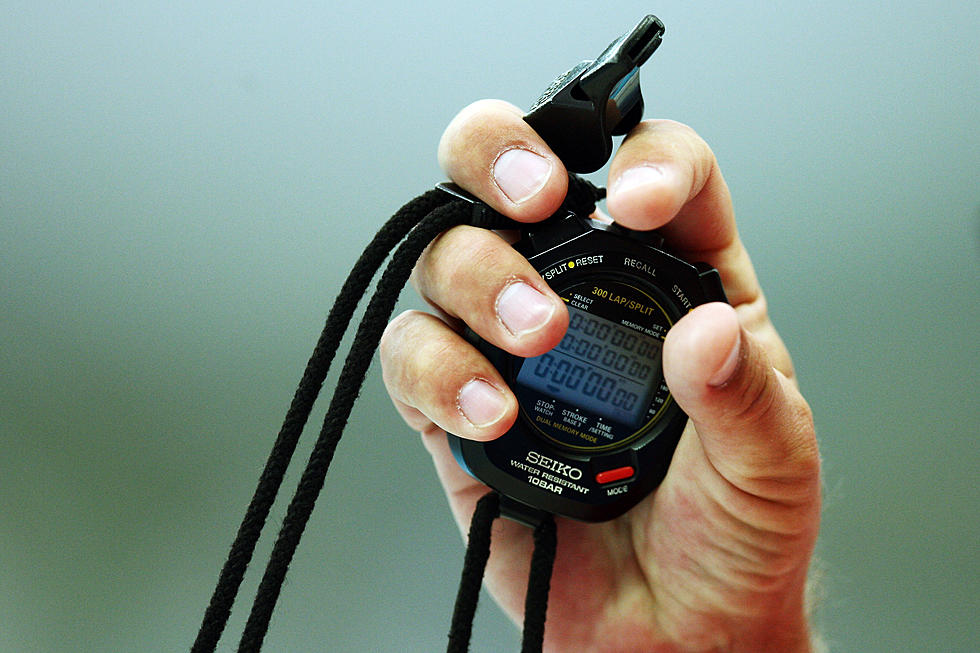
To Pee or Not to Pee – Before the Beach Take Our Jellyfish Quiz
Louisiana beachgoers have had their share of fun in the sun this summer. We've also had our share of wild stories while riding the waves, haven't we? Already this year we have had probably more shark sightings since Memorial Day than I can recall over the past five years. We've also seen a bear or two come dancing out of the water. And, what would a northern Gulf Coast Beach be without an alligator, right?
However, one of the creatures we haven't heard that much about this swimming suit season has been the jellyfish. Unfortunately, that's about to change. There have been more and more jellyfish sightings reported along the beaches of the Gulf Coast in the past few weeks and since jellyfish stings can be really painful, we thought we'd test your knowledge of jellyfish, jellyfish stings, treatments, and a few other things you and your family should know before dive headfirst into your beach vacation.
Should You Pee on a Jellyfish Sting?
The short answer to this question is, no. The longer answer is "Please don't pee on your jellyfish sting because you will make it worse". Yeah, urinating on a jellyfish sting actually allows more venom from the sting to affect the victim.
What Should I Do if I am Stung By a Jellyfish?
If you notice that you still have tentacles on your body remove them but don't rub the affected area. Use seawater to help remove the barbs associated with the tentacles. But rubbing the area actually stimulates the venomous barbs to produce even more painful venom, so don't do that.
How Do I Clean the Area Affected by the Jellyfish Sting?
As we mentioned, use only seawater to rinse the skin. Then use an item like a credit card to gently scrape the barbs out of the skin. Just rub the affected area with the edge of the card. You can also apply vinegar or rubbing alcohol to the sting too. That will help ease the pain. Next, you'll want to take a hot shower, the hotter the better. This will help soothe the skin and provide some relief too.
Does a Purple Flag at the Beach Mean Jellyfish?
Usually, it does. The purple flags are flown for dangerous marine life that has been identified or noticed in the beach area. Swimmers should proceed with caution. But most of the time the purple flags are flying it's because jellyfish have been detected in the water or have washed up on shore.
Can You Still Get Stung By a Jellyfish on the Beach?
Yes. The smart beachgoer will steer clear of jellyfish in the water and on the shore. Even if they've been beached their tentacles can still pack a pretty painful sting. And nobody wants a pretty painful sting on their feet or where they sit, now do they?
What Flags do they Fly When Sharks Are Spotted?
You might be inclined to think this would be a purple flag but no, when sharks are spotted lifeguards usually post double red flags. That means no one is allowed in the water. Which should be common sense but sometimes people don't pack common sense when they come to the beach.
We hope you never need this information on any beach trip you are blessed to be on, but in case you do, now you know the truth about what to do with a jellyfish and what you should do if one stings you.
10 Handy Home Remedies to Take the Itch Out of Mosquito Bites
Gallery Credit: Bruce Mikells
More From KISS Country 93.7









